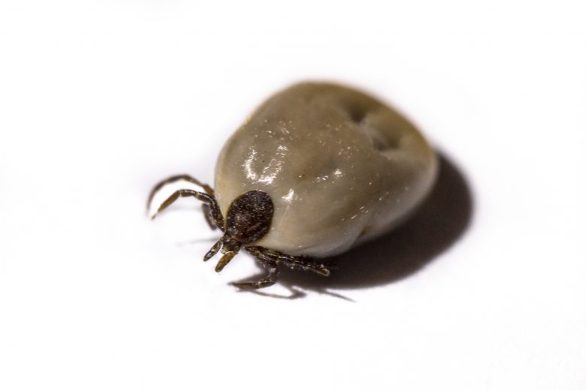The warm Queensland summer brings with it a huge influx of tick cases. The effects of the paralysis tick can unfortunately be deadly, and as we treat case after case we are continually asked about tick prevention.
Given ticks can strike all year round – in fact, we had one poor puss last June with 13 ticks – we spoke to our emergency director, Dr Monique Stanley, to answer some of your questions.
What can I do to prevent ticks on my pet?
Preventing ticks, or catching them early, is a staged process for pet owners.
- Preventative treatment – There are a range of options available and your regular vet is the best person to speak to for advice tailored to your pet.
- Daily tick checks – Even if your pet is on tick prevention it is possible for them to get a tick. We recommend a twice daily tick check particularly in the warm summer months. You can do this by running your fingertips through your pet’s coat and checking the whole skin surface for bumps. Be extra attentive when checking around the head, mouth, neck, chest and shoulders.
- Be vigilant – Ticks love long grass, undergrowth, under trees and native wildlife so if your pet comes into contact with these it’s best to check them. Be aware that ticks are often brought in on our clothing so even if your pet hasn’t been outside they still need their daily check.
Why do some pets on tick treatment still get ticks?
We tend to find some regular themes occurring when pets on tick treatment come in with a tick.
Precisely following the guidelines for administering the tick treatment is important, as any lapse or delay in treatment can leave a pet unprotected.
It is also important not to bath or groom your pet within 24 hours of applying a top spot liquid, which could reduce the amount of product remaining on your pet and therefore reduce the product’s effectiveness. Additionally, some products such as tick washes do not have lasting protection and need to be used with additional tick treatment.
Other products work after a tick has attached to an animal so it is still important to perform twice daily checks.
What are some of the pitfalls of using tick treatment?
With busy lives and the longer acting tick treatments now available it can be difficult working tick prevention into daily life. We often see people who have forgotten to give tick medication or given the wrong dose. We also find people who think they have been giving tick treatment when a product only covers fleas and/or intestinal worms. This is where your local vet can help provide the best advice for your pet.
We often see pets with ticks who are staying at a friend’s house while their owner is away. In these situations daily tick checks are disrupted and pets can be taken to a tick prone area without being checked afterwards. It’s easier for medications to lapse in this situation too.
What is the best tick treatment available?
Given the range of tick treatments now available this is a question best answered by your local vet. They will take into account your pet’s full medical history when deciding on a product that suits.
.png)









